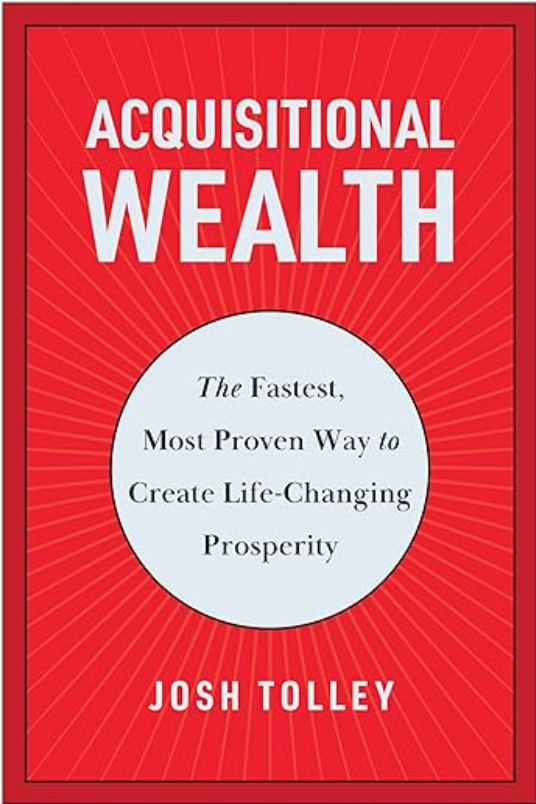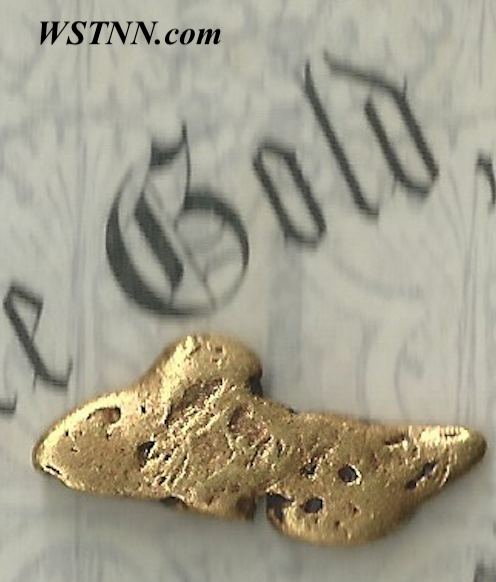Recently, we posted an article about gold and silver. Now it is time to cover copper.
The prices of key commodities such as gold, silver, and copper have been on the rise, reflecting various underlying economic trends and market dynamics. As investors seek safe havens amid economic uncertainties, and industries ramp up production in response to technological advancements and green energy initiatives, the supply and demand dynamics of these commodities have led to notable price increases. Understanding the factors behind these price movements provides insight into broader economic conditions and the evolving market landscape.
The prices of gold and silver have been increasing due to various economic factors. One primary reason is their role as safe-haven assets during times of economic uncertainty. Investors flock to these precious metals to hedge against inflation and currency devaluation. Additionally, the persistent low-interest-rate environment makes holding non-yielding assets like gold and silver more attractive compared to traditional savings and bonds. The increase in demand, coupled with relatively stable supply, has driven prices higher.
Silver’s price movements often mirror those of gold, but with greater volatility. This is partly because silver has significant industrial applications, in addition to its use as an investment vehicle. Technological advancements and the push towards green energy have increased the demand for silver in electronics, solar panels, and other industrial uses. The heightened industrial demand, along with its investment appeal, has contributed to its rising price, often outpacing gold’s increases during bullish market trends.
Copper prices have also been on the rise, driven by a surge in demand from various industries. As a key component in electrical wiring, electronics, and construction, copper benefits from broader economic growth and industrial activity. Recently, the transition to renewable energy sources and the growth in electric vehicle production have further boosted copper demand. This increased demand, amid concerns about supply constraints, has pushed copper prices higher, reflecting its critical role in the global economy.
Increased Demand: The surge in copper prices is significantly driven by increased global demand. This demand is particularly strong in the renewable energy sector and the production of electric vehicles, both of which require substantial amounts of copper. The push towards green technology has heightened the need for copper in various applications.
Supply Constraints: There have been concerns about the supply of copper, which have contributed to the price increases. Issues such as mining disruptions, reduced ore grades, and geopolitical tensions affecting major copper-producing regions have constrained the supply of copper, further driving up prices.
Macroeconomic Factors: Economic policies, such as China’s massive stimulus package aimed at boosting infrastructure and construction, have significantly impacted copper prices. This stimulus has led to a surge in construction activities and industrial production, which in turn has increased the demand for copper. Additionally, global economic recovery efforts and inflation concerns have made copper an attractive investment.
Listed below are the top five Copper stocks:
- Southern Copper Corporation (SCCO) is one of the largest and most cost-efficient copper producers globally, benefiting from extensive, high-quality copper reserves primarily in Peru and Mexico. SCCO’s vertical integration, which includes mining, smelting, and refining operations, allows for greater operational efficiency and cost control.
- Freeport-McMoRan Inc. (FCX) has a vast portfolio of mineral resources, particularly copper and gold, essential for the growing electric vehicle and renewable energy sectors. FCX’s strategic operations in key mining regions, including the Grasberg mine in Indonesia, one of the world’s largest copper and gold deposits, provide a robust production base. The company’s focus on innovation, cost-efficiency, and sustainable practices enhances its ability to capitalize on rising commodity prices and meet increasing demand.
- Metals Acquisition Corp. (MTAL) strategy involves acquiring and developing high-quality metal and mining assets. MTAL’s management team brings extensive experience in the mining sector, ensuring effective operational execution and value creation. MTAL focuses on sustainable mining practices by leveraging advanced technologies to meet the growing global demand for essential metals, driven by sectors such as renewable energy, electric vehicles, and infrastructure development.
- Taseko Mines Limited (TGB) has a strong operational focus on copper production. TGB’s flagship Gibraltar Mine in British Columbia is one of the largest open-pit copper mines in North America, providing a stable and scalable production base. The company is also advancing additional projects, such as the Florence Copper Project in Arizona, which promises to enhance future production and profitability. TGB’s emphasis on cost-efficient operations, strategic project development, and commitment to environmental sustainability.
- Ivanhoe Electric Inc. (IE) focuses on developing and producing critical metals such as copper, gold, and other key resources essential for the green energy transition. IE leverages advanced geophysical technology to discover and develop high-quality mineral deposits, significantly enhancing exploration efficiency and success rates. The company’s flagship projects, such as the Santa Cruz Copper Project in Arizona, offer substantial resource potential and long-term growth prospects.
| Company | Company Symbol | Price to Book | PEG | PE | Price to Sales | Forward PE | Yield |
| Southern Copper Corporation | SCCO | 12.17 | NA | 38.89 | 9.46 | 25.44 | 2.74% |
| Freeport-McMoRan Inc | FCX | 4.36 | 1.84 | 45.29 | 3.11 | 24.01 | 0.58% |
| Metals Acquisition Limited | MTAL | 1.91 | NA | NA | 51.32 | 28.79 | NA |
| Taseko Mines Ltd. | TGB | 2.41 | NA | 11.59 | 2.01 | 12.94 | NA |
| Ivanhoe Electric Inc | IE | 4.25 | NA | NA | 393.53 | NA | NA |
The prices of key commodities such as gold, silver, and copper have been rising due to various economic factors and market dynamics. Precious metals are viewed as safe-haven assets, to attract investors during economic uncertainties to hedge against inflation and currency devaluation. Copper prices are driven by increased global demand, particularly from the renewable energy and electric vehicle sectors, alongside supply constraints and China’s infrastructure stimulus.
Disclosure: Author owns FCX.
Stay ahead of the game and subscribe to our newsletter now to unlock the hottest investment opportunities!










